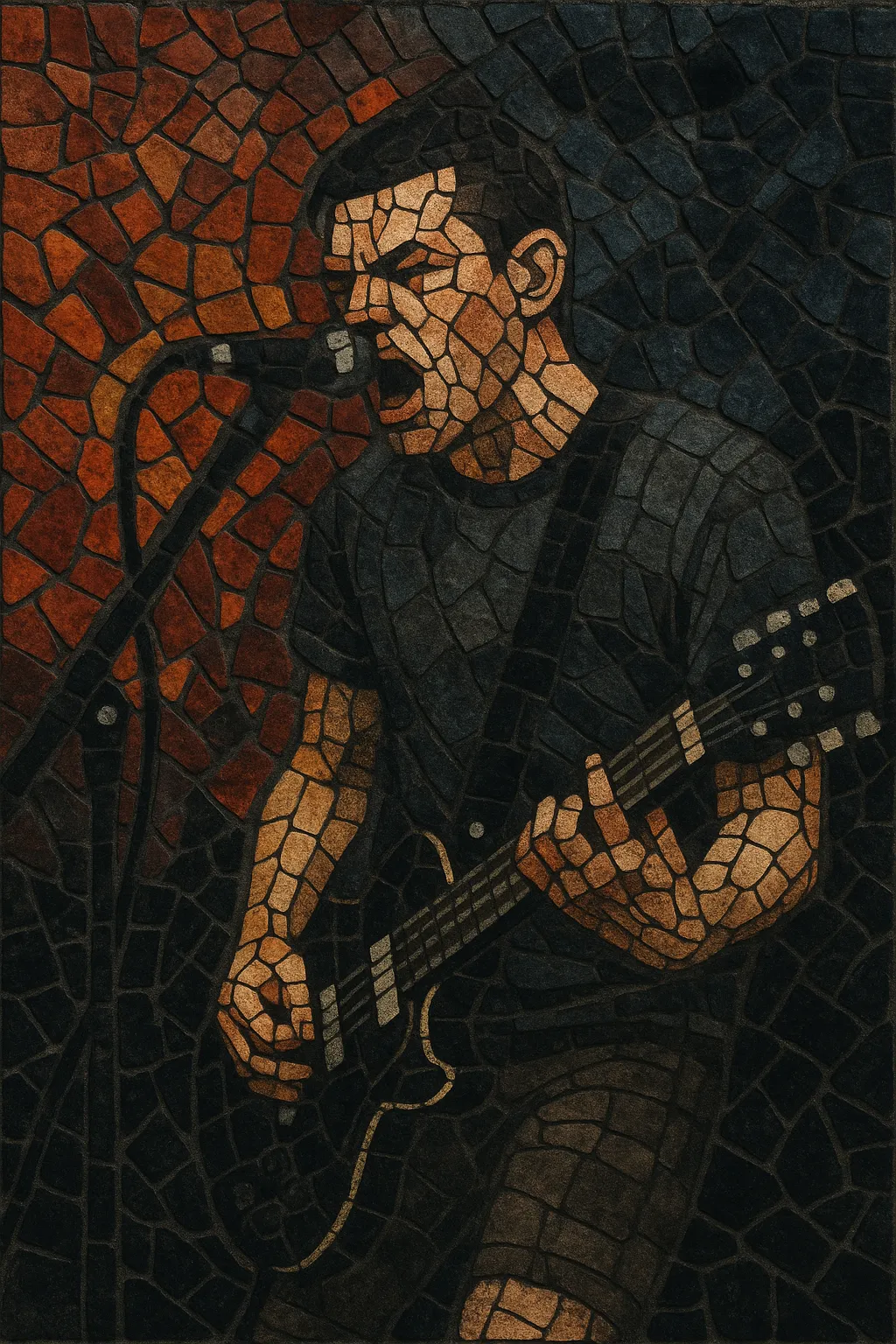
Melodic hardcore is a subgenre of hardcore punk that fuses the speed, urgency, and ethics of hardcore with tuneful guitar writing and anthemic vocal lines. It retains the genre’s high-energy drumming, shouted delivery, and communal “gang vocals,” but foregrounds memorable melodies, octave leads, and minor-key harmonies.
Compared to pop punk, melodic hardcore is generally harsher in tone, faster in tempo, and more lyrically introspective, often addressing personal struggle, perseverance, community, and social conscience. It sits between classic hardcore’s rawness and post-hardcore’s dynamics, offering emotionally charged songs that still hit with punk immediacy.
Melodic hardcore grew from the U.S. hardcore punk movement as bands began weaving stronger melodies into the style’s breakneck rhythms. Washington, D.C.’s Dag Nasty and the Reno/California outfit 7 Seconds became early touchstones, pairing hardcore tempos with octave leads and heartfelt, positive lyrics. At the same time on the West Coast, Bad Religion and Descendents were helping normalize melody and harmony in faster punk—an adjacent current that reinforced the emerging approach.
Through the 1990s, the sound broadened and intertwined with emo and post-hardcore. Lifetime’s hook-forward urgency, Shai Hulud’s intricate, emotionally charged compositions, and Ignite’s anthemic, socially aware songs mapped the style’s range—from gritty hardcore bite to soaring, melodic catharsis. DIY labels, all-ages venues, and zines helped the scene network nationally and internationally.
A major resurgence in the 2000s cemented the genre’s identity. Comeback Kid brought crisp, gang-vocal climaxes to global stages; Have Heart and Bane carried straight-ahead intensity with melodic guitar color; and Modern Life Is War delivered poetic, blue-collar narratives over tense, melodic arrangements. Labels like Bridge Nine, Deathwish Inc., and Revelation amplified these bands’ reach, while crossover successes (e.g., Rise Against’s early work) brought elements of melodic hardcore to the mainstream.
Later waves emphasized narrative lyricism (Defeater), atmospheric textures (Title Fight’s early era), and hybrid edges with metalcore or post-hardcore. The style remains vibrant worldwide, balancing tradition—fast tempos, breakdown-to-singalong arcs—with modern production clarity and emotionally resonant storytelling.

